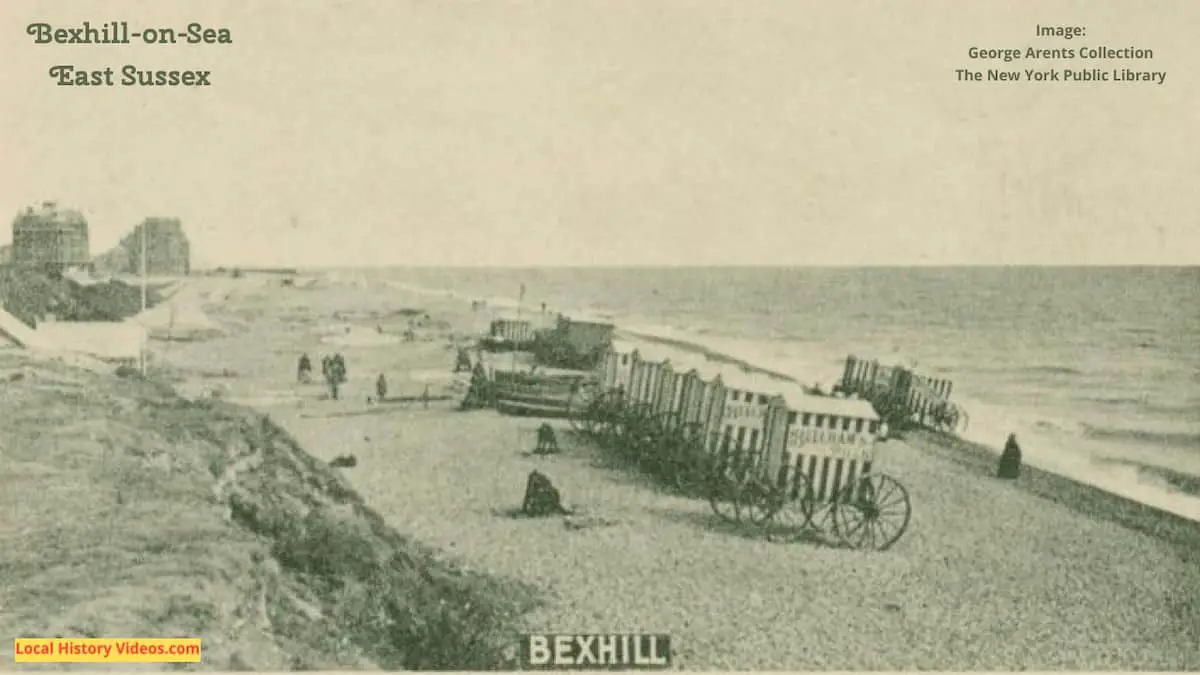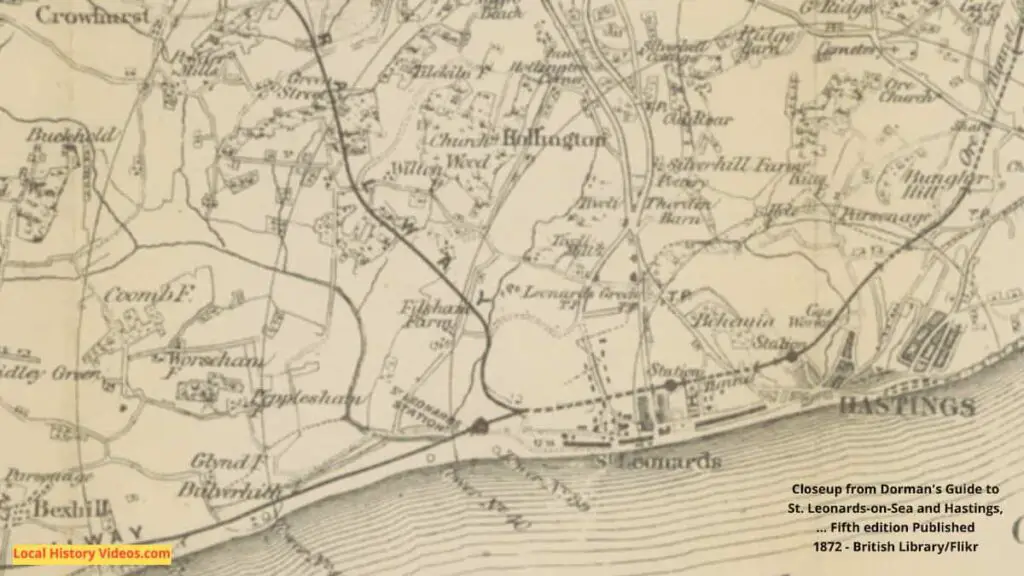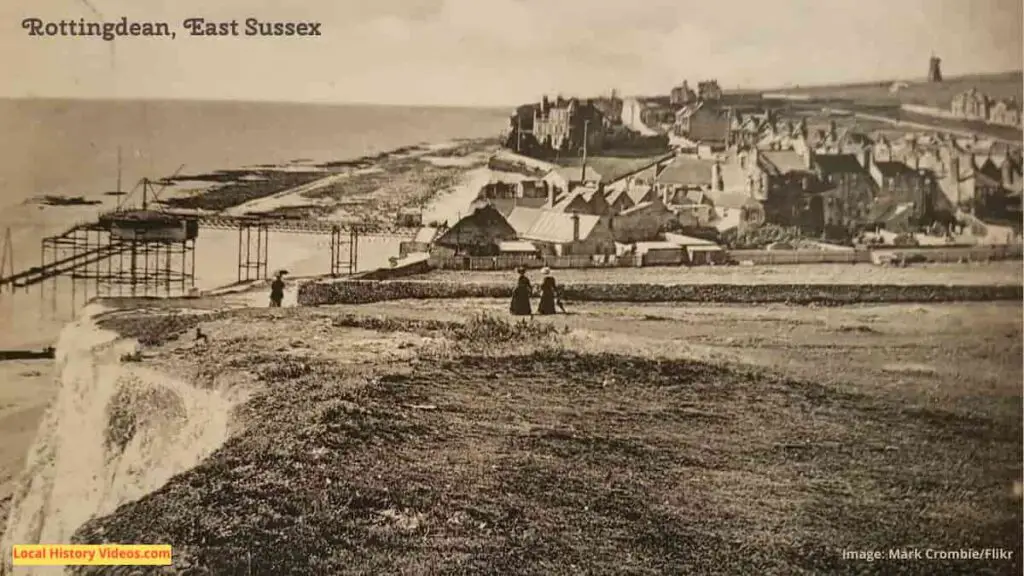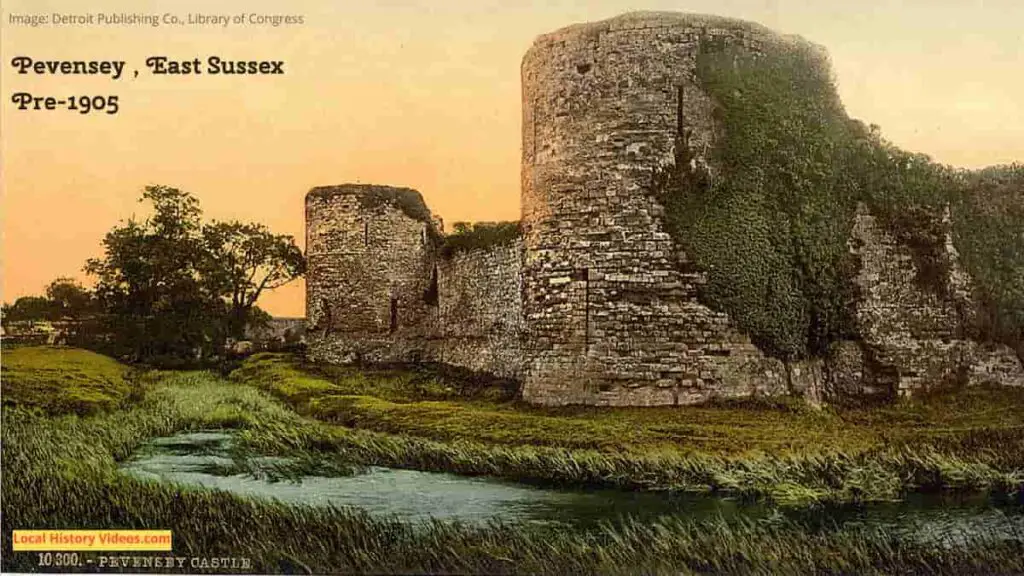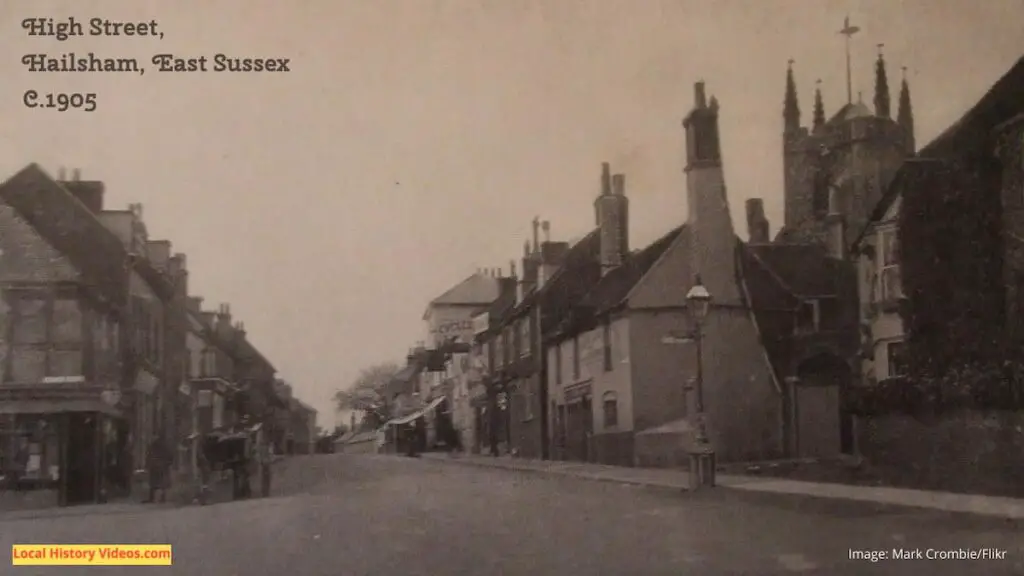Glimpse history through old images of Bexhill-on-Sea, East Sussex, England.
Hunt Meet 1927
Very short black and white silent footage records the meet and start of the hunt at Christmas 1927, with a property in the background.
Hunting: East Sussex Hunt holds Christmas meet at Bexhill (1927) – British Pathé on YouTube
Beauty Competition 1930
A silent film clip shows how many young women competed in the summer beauty competition at Bexhill-on-Sea in 1930.
Bathing beauties at Bexhill (1930)- British Pathé on YouTube
Famous Pilot’s Wedding 1930
When the famous Schneider Trophy pilot, Flight Lieutenant D’Arcy Greig D.F.C., A.F.C., maried Miss Lorna Dean at Bexhill’s St Barnabas’ Church, lots of local people turned out to see the happy couple.
Flight King Weds (1930) – British Pathé on YouTube
Trained Mice 1938
Bexhill’s Mrs Webster owned a collection of mice which ran round and round in circles, perhaps as part of an ear defect. One had been given to London Zoo.
Spinning Mice Issue Title Is Spring In The Air (1938) – British Pathé on YouTube
Effingham House School 1954
In 1954, a group of girls from Effingham House School received golfing instruction from Robert Maclean and his son Bobby, a Sussex champion.
It was part of a Golf Foundation scheme offering free lessons to 150 British schools.
Golf Class Aka Girl Golfers (1954) – British Pathé on YouTube
A Bit of Bexhill History
Extract from:
The Climates and baths of Great Britain v. 1, 1895 – Volume 1
by the Royal Medical and Chirurgical Society of London
Published in 1895
Pages 344 – 346
BEXHILL – ON – SEA .
The small town of Bexhill – on – Sea , with a population of about 5.700 , has attracted of late years more and more notice as a seaside resort . Its convalescent institution is doing valuable work .
Bexhill is a few miles distant from St. Leonards . Although it
receives scme shelter from the small hill at the back , it does not
possess the same amount of protection as St. Leonards or Hastings .
Geology .– Three formations occur in the town :
- A very beautiful hard white sand . ( Ashdown Sand . )
- A stiff red and blue clay . ( Wealden . )
- A soft rock . ( Tunbridge Wells Sand . )
Roughly speaking , the first extends all along the coast and
inland about half a mile to an elevation of fifty feet above the
Almost the whole of the new town is on this formation , but
there is some clay on the lower and western side . The second
lies in a belt about halfway up the hill , and is but little built on .
The third and uppermost reaches an elevation of 150 feet , and
is that on which the old village and a good part of the inland
houses lie .
There is a chalybeate spring close to the town .
The shore , which is shingle and sand , affords good sea – bathing .
Swimming – baths are in course of construction .
Local Prevalence of , or Immunity from Diseases .
The joint report drawn up and forwarded by Dr. Ryan – Tenison
shows local immunity from scrofula , very small liability to
phthisis , hæmoptysis being rare ; average prevalence of anæmia ,
bronchitis , and catarrh .
Very little pneumonia or pleurisy .
Eczema ,
neuralgia , and among the agricultural population chronic rheu
matism , rather common ; acute rheumatism and rheumatoid
arthritis , rare ; psoriasis , very rare .
Chronic albuminuria is rather common owing to the number of
elderly residents .
Acute renal dropsy not known ; calculus and
gravel almost unknown .
The frequency of asthma is rather above
the average .
Malaria is unknown . Typhoid rare.¹ Diphtheria occasionally
seen , traceable to sanitary defects . Endemic sore throat and
summer diarrhoea fairly frequent . Scarlet fever very rare .
Residence at Bexhill is very beneficial in anæmia , scrofula and
tuberculous diseases , and in diseases of the respiratory organs ,
which may be sent there with advantage for the whole year .
Chronic renal disease is also stated to do well .
Dr. Wills ‘ Special Report .- ” The general death rate , on an
estimated population of 5,770 , was , for 1890 , 10:38 per 1,000 , and
the zymotic death rate 0-68 per 1,000 .
COMMON CAUSES OF DEATH FROM RETURNS .
| 1889 | 1890 | |
| Diseases of the respiratory organs , excluding phthisis | 14 | 12 |
| ,, organs of circulation , including cerebral hæmorrhage | 10 | 11 |
| nervous system | 10 | 8 |
| Phthisis ( Four cases were returned under this head in 1890 : one a child under one year , one resident , and two visitors . ) | 2 | 2 |
| Frequency of old age : died at 60 and upwards … | 21 | 23 |
| died at 70 and upwards … | 11 | 14 |
| Of this last classs the average age was | 78 | 77 |
¹Dr . Wills writes : ” Typhoid fever is practically unknown . There was a localized
epidemic eleven years ago , since which there has been none until last year , when
some cases occurred in a labourer’s cottage in which gross sanitary defects were
found . “
” Bexhill has always been very celebrated in this district for the
longevity of its inhabitants , and the general salubrity of the
climate was well described by one of my colleagues , who said that
doctors could neither live nor die here . ”
Drainage.
The system of drainage is very perfect and consists of pipe drains. One part measures about six miles in all, and was constructed by the local board, and collects the sewage from the older and higher part of the town and outlying hamlets and delivers it into an intercepting sewer constructed by the De la Warr trustees.
This part of the drainage has the majority of the manholes sealed, and large (birch) upcast ventilating shafts carried up at every dead end, and is kept frequently swept by means of flushing tanks, mostly automatic.
The large intercepting sewer above referred to receives all the drainage of the lower levels and empties it into a tank from which it is delivered at half tide, well away from the town and about 200 yards from the beach.
Water.
This is abundantly supplied by a private company and derived from two wells sunk deep in the Wealden formation.
It is entirely free from organic impurity, but has hitherto been rendered unsightly by a large quantity of suspended iron. This is, however, now being got rid of by aeration of the water before passing it into the settling tanks.

